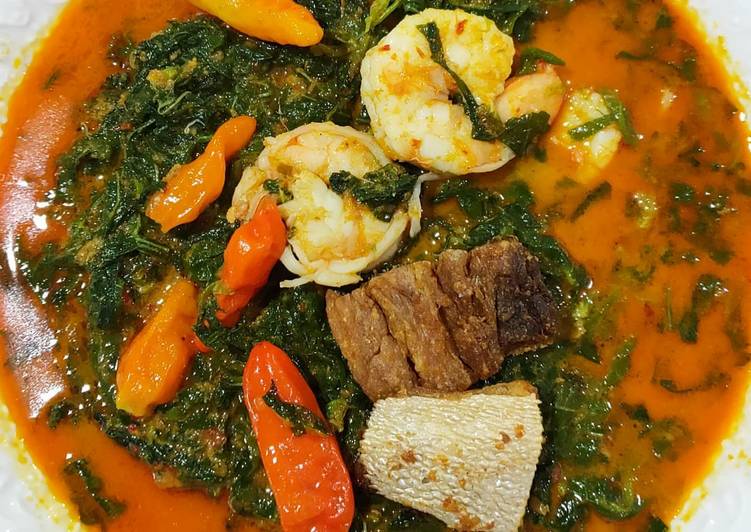Curry cassava leaves with salted fish. A great variety of cassava-based dishes are consumed in the regions where cassava (manioc, Manihot esculenta) is cultivated, and they include many national or ethnic specialities. Oven temperatures are for conventional; if using fan-forced (convection). main dish Cassava Leaves/Curly Kale Curry Gulai Daun Singkong, original, Indonesian, cooking recipe, step-by-step.
 Padang cuisine is definitely one of my favorite Indonesian cuisines.
Gulai Daun Ubi Tumbuk -Mandheling Crushed Cassava Leaves Curry-.
Cut up the meat and put in a saucepan with salt, ground pepper and onions and water.
You can cook Curry cassava leaves with salted fish using 8 ingredients and 3 steps. Here is how you cook that.
Padang cuisine is definitely one of my favorite Indonesian cuisines.
Gulai Daun Ubi Tumbuk -Mandheling Crushed Cassava Leaves Curry-.
Cut up the meat and put in a saucepan with salt, ground pepper and onions and water.
You can cook Curry cassava leaves with salted fish using 8 ingredients and 3 steps. Here is how you cook that.
Ingredients of Curry cassava leaves with salted fish
- It's A few of cubes salted fish (fried) *optional*.
- You need of Coconut milk appx 2 cups or 1 package of instant coconut milk.
- It's of Curry paste.
- You need 5 of Whole chilli (dont worry it wont burn your toungue).
- Prepare of Salt and pepper.
- Prepare 1 bunch of young cassava leaves.
- Prepare of Oil.
- It's 5 of or more shrimp (well cleaned).
Drop the cassava leaves into the boiling water and reduce the heat to medium. You may chop the leaves before boiling or put them into the pot whole. Add chopped vegetables, cooked meat and spices to the water. Salt fish comes in two varieties—bone-in with the skin intact and boneless with the skin removed.
Curry cassava leaves with salted fish instructions
- Okay start your wok, on a low heat put oil in and cook your curry paste until fragrant.
- When the curry paste smells like your fave indian restaurant, put the coconut milk in, whole chilis,stir and put the leaves in, add in the shrimps. Bring it to boil and simmer a little bit, season well and you are done..
- Optional: put the fried salted fish cubes in on the last step..
The bone-in variety costs less than the boneless, skinless salt fish but both types taste the same. The difference in cost lies in the amount of work that goes into the preparation—removing the bones and. Cassava is a root vegetable eaten in developing countries and used to make tapioca. It has several health benefits but also some serious drawbacks. Individuals with food allergies often benefit from using cassava root in cooking and baking because it is gluten-free, grain-free and nut-free.